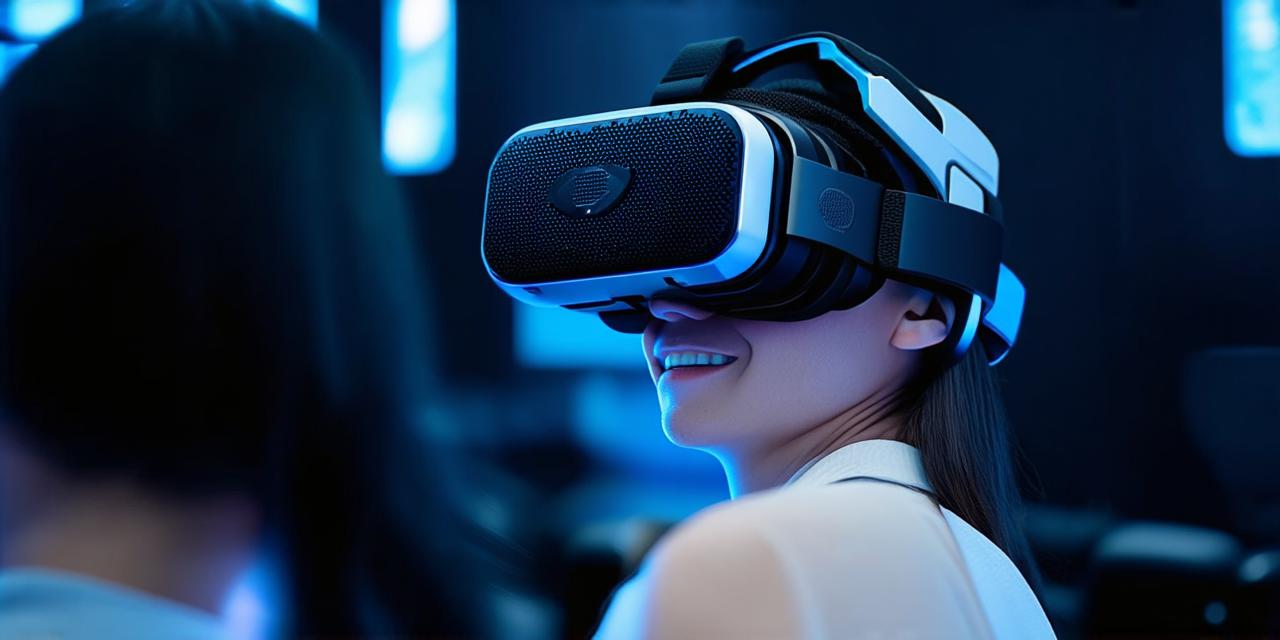
Why use VR in education?
Virtual Reality (VR) has become an increasingly popular technology in recent years, with applications ranging from gaming and entertainment to healthcare and education. In education, VR offers a unique opportunity to provide students with immersive experiences that can enhance their learning and engagement. In this article, we will explore the benefits of using VR in education and how it can be effectively integrated into classroom settings.
Table of Contents
ToggleImmersive Learning Experience

One of the main advantages of using VR in education is the ability to provide students with immersive learning experiences that simulate real-world situations. By placing students in a virtual environment, they can interact with objects, people, and situations that they may not have the opportunity to experience otherwise. This can be particularly useful for subjects such as history, science, and language arts, where students can explore and interact with virtual representations of historical events, scientific concepts, and linguistic structures.
Enhanced Engagement
Another benefit of using VR in education is that it can increase student engagement. By providing an interactive and immersive experience, students are more likely to be interested and motivated to learn. This can be particularly useful for subjects that may be difficult or uninteresting for some students, as VR can help to make the learning experience more engaging and enjoyable.
Development of Skills
VR can also be used to develop skills that are not easily taught in traditional classroom settings. For example, VR simulations can be used to teach driving skills or surgical techniques, allowing students to practice and perfect these skills in a safe and controlled environment. Similarly, VR can be used to teach language skills by simulating real-world conversations and allowing students to practice their communication skills in a virtual setting.
Cost-Effective
While VR technology can be expensive, it can also be cost-effective in the long run. By providing an immersive learning experience that can replace traditional classroom settings, schools can save money on equipment, materials, and transportation costs. Additionally, VR simulations can be reused and updated over time, making it a more sustainable investment than traditional teaching methods.
Conclusion
In conclusion, VR has the potential to revolutionize education by providing students with immersive learning experiences that can enhance engagement, develop skills, and save money in the long run. While there are certainly challenges associated with integrating VR into classroom settings, the benefits of using this technology make it a valuable investment for schools and educators alike. As technology continues to evolve, it will be interesting to see how VR is used in education and how it continues to shape the way we teach and learn.

